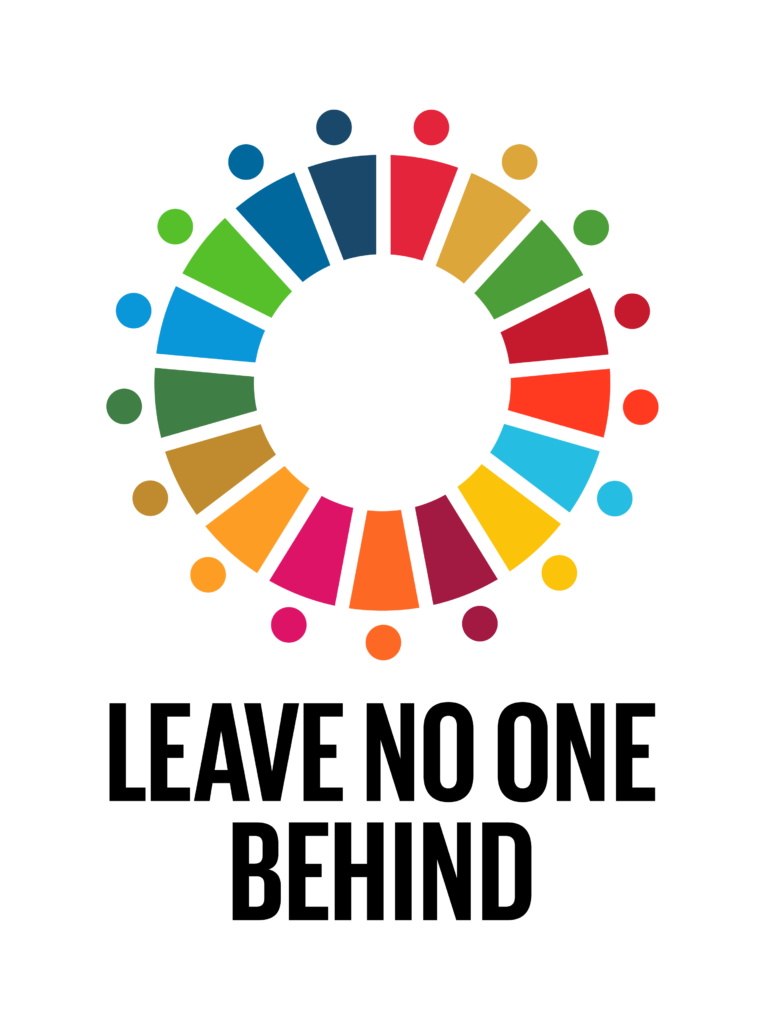Our leaders have committed to Leave No One Behind!
When the 2030 Agenda with the 17 Global Goals was adopted in 2015, world leaders did not only commit to end extreme poverty, tackle climate change and promote peace and justice, but also to reduce inequalities. Our leaders have committed to ‘leave no one behind’ and to endeavour to reach those furthest behind first. This promise means that everyone shall benefit from any progress made and none of the Global Goals can be considered met unless met for ALL.
“As we embark on this great collective journey, we pledge that no one will be left behind. Recognizing that the dignity of the human person is fundamental, we wish to see the Goals and targets met for all nations and peoples and for all segments of society. And we will endeavour to reach the furthest behind first.”– Paragraph 4 in the 2030 Agenda
”Indicators are being developed to assist this work. Quality, accessible, timely and reliable disaggregated data will be needed to help with the measurement of progress and to ensure that no one is left behind.” – Paragraph 48 in the 2030 Agenda
Why is ‘Leave No One Behind’ important?
We have seen great progress for many people and countries in recent decades. Extreme poverty has been cut in half, the health of millions of people has improved, and more children than ever go to school. But progress has not reached all. More than 700 million people still live in extreme poverty and the numbers are increasing in sub-Saharan Africa. The number of people going hungry has increased. Millions of children are still out of school, and not all who do attend are learning.
Poverty is a serious problem, but not the single explanation for why people are being left behind.
Girls and women, children and youth, the elderly, people with disabilities and mental health impairments, ethnic and religious minority groups, refugees and migrants and people who identify as lesbian, gay, bisexual, transgender and intersexual (LGBTI) are denied their human rights.
Poverty is a serious problem, but not the single explanation for why people are being left behind. Discrimination and exclusion because of sex, age, income, ethnicity, religion, disability, sexual orientation, nationality or asylum status can all hinder people from taking an active part in society.
To leave no one behind is the most important commitment in the 2030 Agenda because it puts equality and inclusion at the centre of the development agenda. ‘Leave No One Behind’ is about eliminating extreme poverty in all forms, decrease inequalities and fight discrimination. The commitment has a particular focus on people living in poverty and the most vulnerable – those who often are the most difficult to reach.
Questions and Answers
Press release


